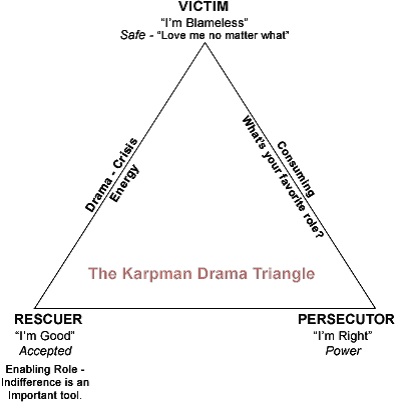Websites: It’s not just about content – it’s about users. 1
A coaching website is on many new coaches to do list, in today’s guest post Mei Qi Tan shares her expertise and knowledge about what to focus upon.
Websites: It’s not just about content – it’s about users.
When it comes to websites, it seems like all everyone’s talking about these days, is content. SEO is a great tool for enhancing the findability of your website online, through making sure your individual pieces of website content like pages, and posts contain key words, phrases and concepts. This is what many SEO professionals call ‘optimised content’. ‘Content’ is the diesel that runs the proverbial search engine, but it’s ‘optimised content’ that makes it purr like a well-fed tabby cat.
However, we should try to distinguish the concept of content, from information. Information is vibrant, the creation and exchange of it, interactive. There is a human element to information – obtaining it helps us achieve our goals, whatever they may be. I don’t know what it is, but the idea of information online as a body of ‘optimised content’ just feels, well, rather dead.
Focus first on knowing what your clients want when they visit your website, not on what they think they might want. If I can find the information I want, and do the thing I wanted to do with little distraction and no fuss, then your website works (Hallelujah!) and I will return to use it again.
People visit websites to achieve specific goals. If their goal is to read articles and stories, then by all means, keep writing and keep linking. But if their goal is to buy a product, then you’re better off making sure your shopping cart is up-to-scratch, or that the information on where your business is located is easily findable and instructions clear as crystal. Websites are an extension of your business online – make sure they are purposeful, and designed to help your clients achieve their goals online, whatever that might be.
Don’t let the content storm distract you from designing your website specifically around the information needs and goals of their clients.
Here are the questions you need to answer before trying to design your website:
What do my clients want to achieve when they engage with my website? And how can I help them achieve those goals in as smooth and efficient manner as possible?
You will need to do some basic research into your website users. Don’t just find out why they use it, but how they use it. You could try setting someone a task to complete on your website and observing their actions while completing the task (i.e. Locate the address and store the telephone number in your phone)
It’s time to stop thinking about clients as visitors, and rather, as users.
When it comes to creating, or updating your website, here are some tips to get you thinking about it from a user’s point of view:
- Be careful not to mistake relevant content for related content.
It’s important to remember that all content on a website needs to serve a function. If you’ve determined one of the primary goals of your users is to find your contact details, then a piece of relevant content that should be promoted on your site is a map of your office’s location, not a page on the history of your business – that would be related content. Save that for your company blog (if you have one)
- Know who will be using your website, and what for
Let’s say Sarah, 25, is a big fan of your retail products and avid online shopper. Make sure your shopping cart can store her credit card details so she doesn’t have to enter it in every time she wants to buy something. Rather than using a generic ‘target audience’ to build a website for, why don’t you do some research into the people who most use your website, and create some personas for who you can specifically design an ‘experience’ for? You will pick up on situational and contextual details that influence how a person might use your website – details that you would otherwise have never discovered on your own.
- Design for mobile
Ever noticed that mobile versions of websites seemingly scale back to the most basic of website versions? The future of the web is mobile: Businesses or organisations will never, ever, have control over what kind of device clients will be using (or what situation they may be in) trying to access your website. So once you’ve figured out what it is your clients really want from you online, invest in good web design that makes information findable, readable and accessible to your audiences – whether they’re on top of Mount Kinabalu at sunrise, relaxing at a desk, or crammed up against someone on the Tube during peak hour.
About the Author/Further Resources
Mei has recently arrived in London from Sydney and is embarking on a Masters Degree in Electronic Publishing. She is also working part time for Hubworking, contributing to their social media activity.
Note from Jen; the owner of Coaching Confidence, this coaching blog: For those who don’t already know Hubworking provides Ad hoc, pay as you go meeting space for businesses in central London. If you are looking for a coaching or meeting room in this area it’s a great resource.
